



Cell phone soc chip wifi module working principle
The WiFi module in the cell phone Soc chip is the key part to realize the wireless connection function of the cell phone, and its working principle involves several links.
First, the WiFi module needs to communicate and work with other components of the phone. It connects to the processor, memory and other modules in the Soc chip through specific interfaces in order to obtain the necessary control signals and data. When the phone needs to connect to a wireless network, the processor sends commands to the WiFi module to initiate the connection process.
Then, the WiFi module starts searching for nearby wireless networks. It sends and receives wireless signals through built-in RF circuits and antennas that scan the surrounding environment for WiFi access points. These RF circuits are responsible for converting digital signals into wireless RF signals for transmission, as well as converting received RF signals into digital signals for subsequent processing.
After searching for an available wireless network, the WiFi module authenticates and associates with the target access point. It follows the relevant wireless communication protocols, such as IEEE802.11, and performs handshaking and data interaction with the access point to determine the security and parameter settings of the connection. During this process, the WiFi module encrypts the transmitted data using encryption algorithms to ensure data security and privacy.
Once the connection is successful, the WiFi module enters the data transmission phase. When the phone needs to send data, such as browsing the web, sending emails, or using various web applications, the data is first transmitted from the phone's processor or other related modules to the WiFi module, which processes and encapsulates the data, adds the necessary header information according to network protocols such as TCP/IP, and then converts the data into wireless signals through the RF circuitry and antennae to be sent out.
Conversely, when the cell phone receives data, the WiFi module receives the wireless signal through the antenna, converts it into a digital signal, unpacks and processes it, removes the protocol header and other information, extracts the valid data, and then transmits the data to the cell phone's processor or other corresponding modules so that the cell phone can correctly display and process the received information.
In order to ensure the stability and efficiency of data transmission, the WiFi module also constantly monitors the quality and strength of the wireless signal and automatically adjusts parameters such as transmit power and frequency band selection as needed. For example, when the signal is weak, it may increase the transmit power to improve the transmission distance and stability of the signal; when there are multiple wireless networks interfering with the surrounding area, it will automatically select the less interfering frequency band for connection.
In addition, the WiFi module supports multiple operating modes, such as infrastructure mode and peer-to-peer mode. In infrastructure mode, the cell phone connects to the LAN or the Internet through an access point; in peer-to-peer mode, the cell phone can communicate directly with other devices that support WiFi direct connection without going through an access point.
In conclusion, the WiFi module in the cell phone Soc chip, through close collaboration with other components of the cell phone, utilizes RF circuits, antennas, and related communication protocols to achieve seamless connectivity and data transmission between the cell phone and the wireless network, providing users with a convenient wireless Internet experience.

Please contact us if the source is mislabeled or violates your legal rights.
We will promptly correct and delete, thank you.
- ISP co-processor
- The standard of ISP chips
- What is the power consumption level of t...
- In what scenarios can the performance of...
- Smart Home Products with Rockchip RK3588...
- Kylin ISP chip
- Purchase of ISP chips
- How fast is the read speed of Winbond W2...
- The motherboard of the industrial comput...
- spi ethernet chip in qfn package
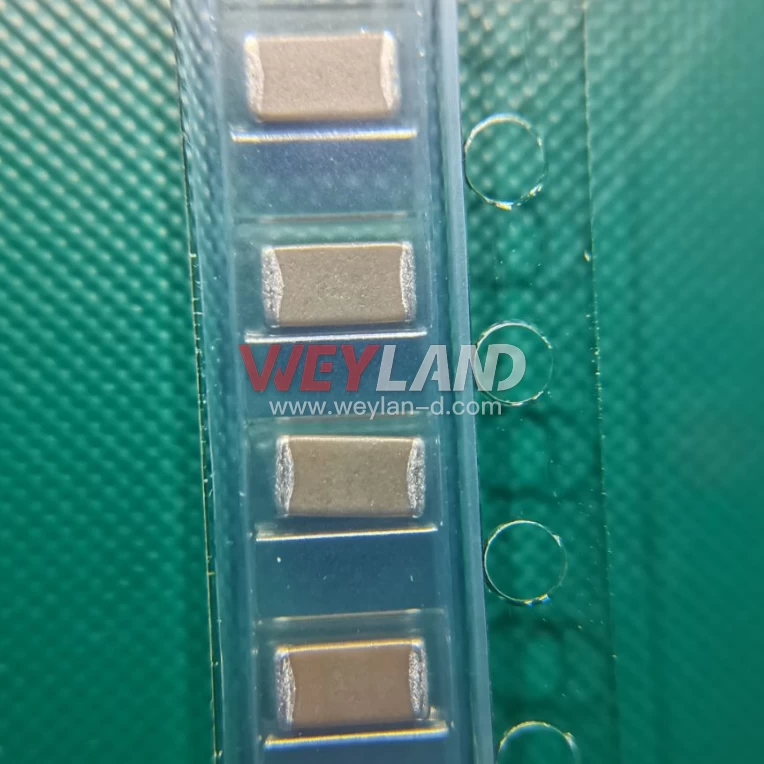
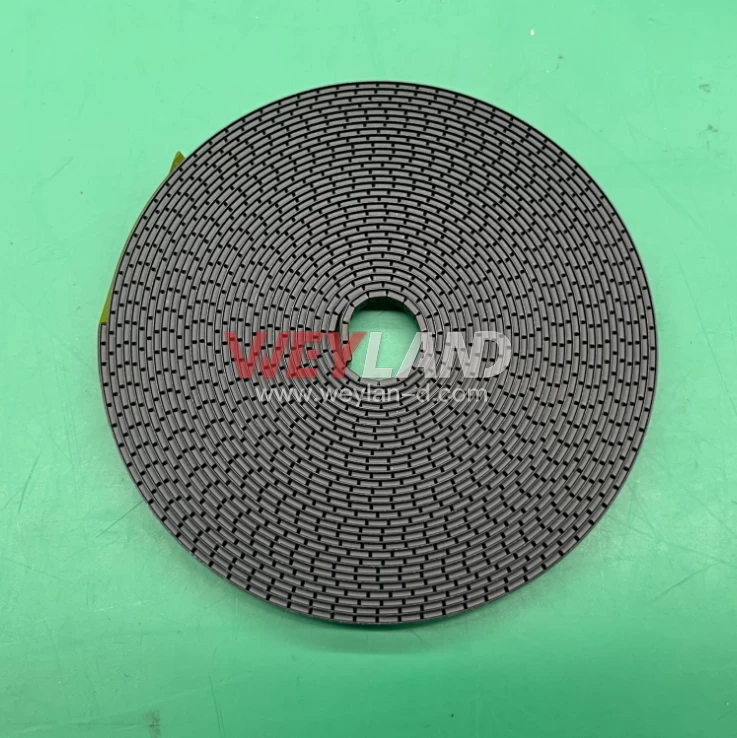
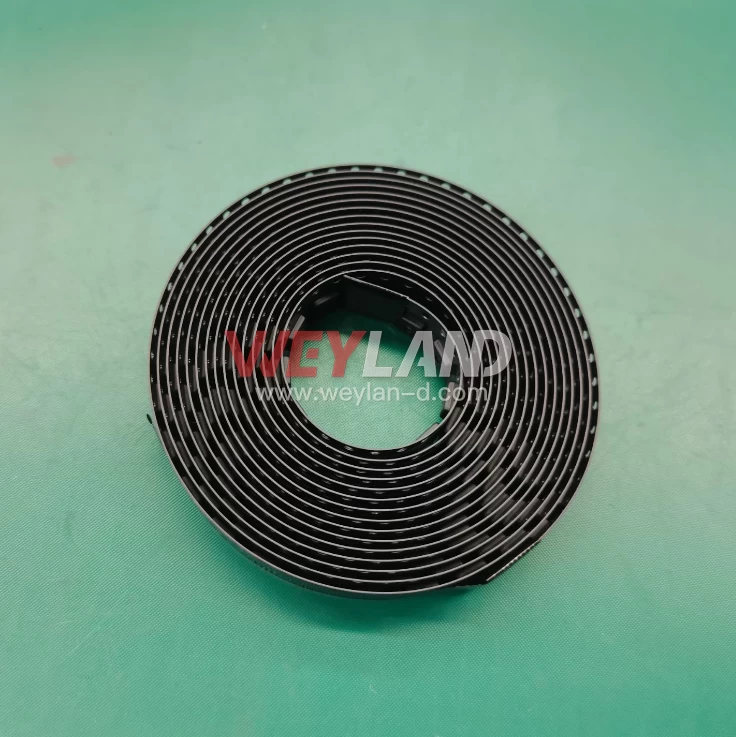

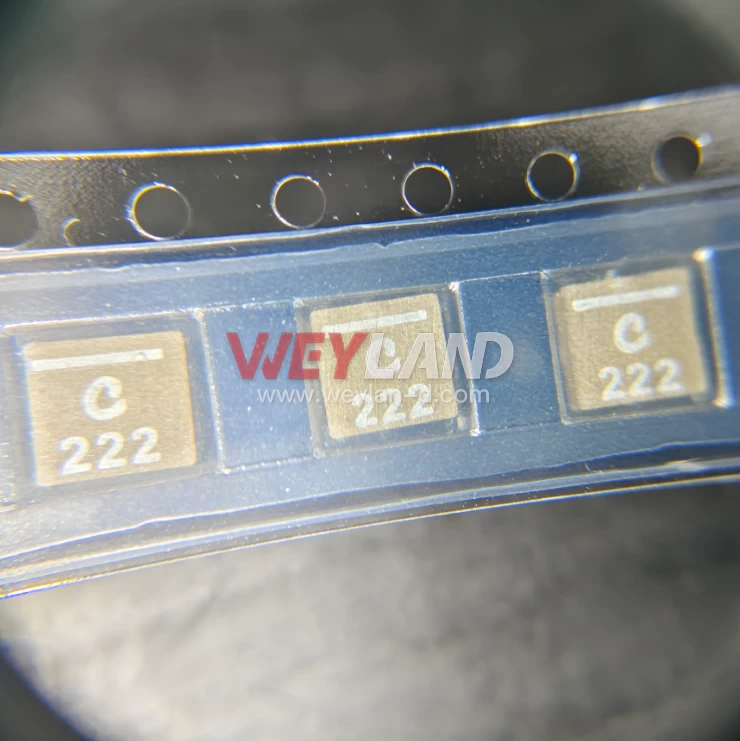
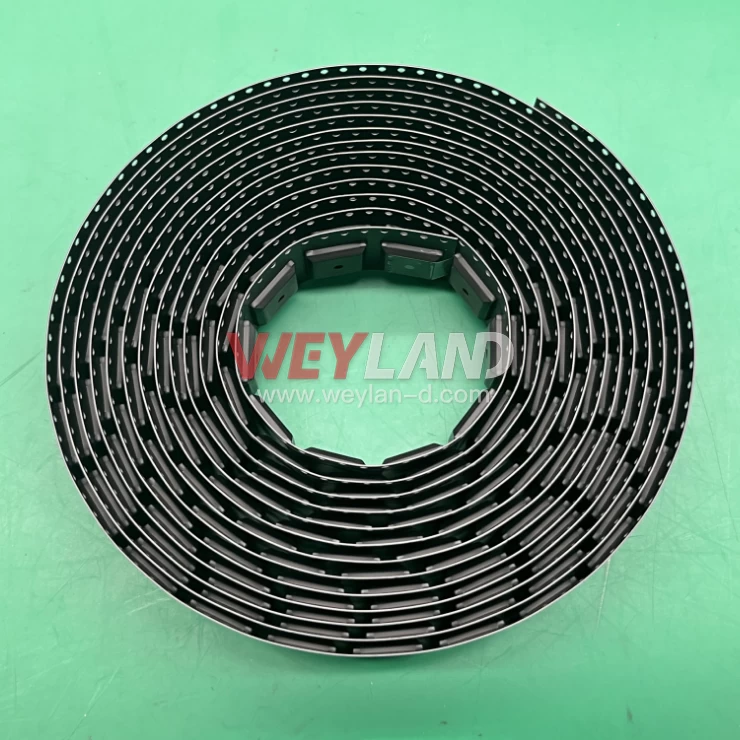
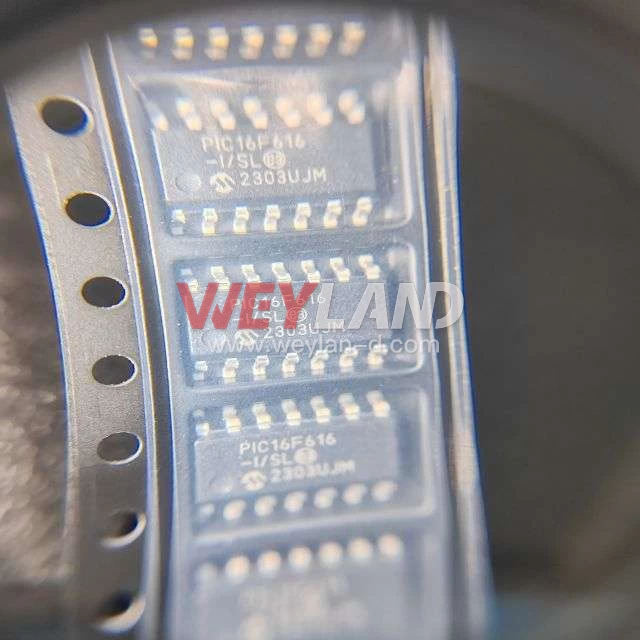
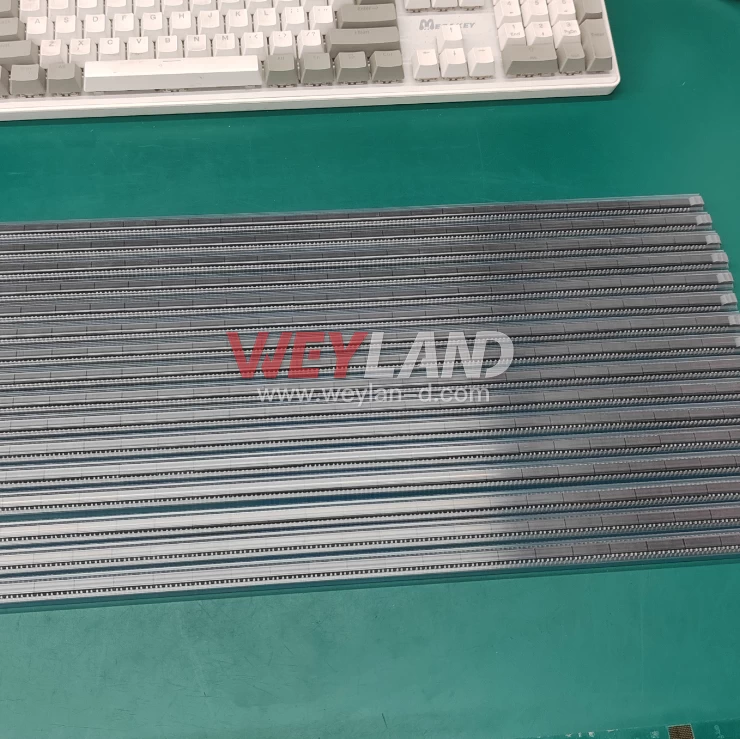
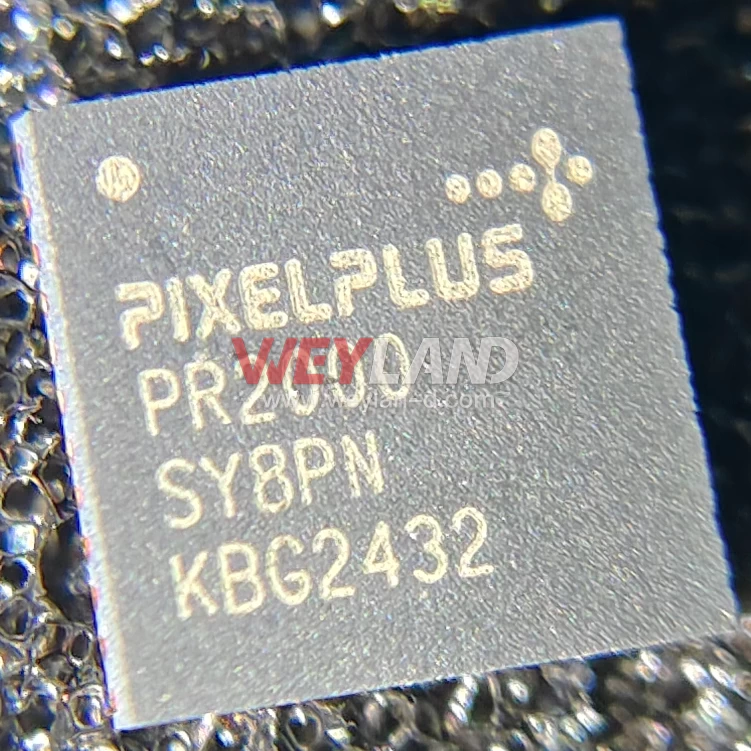
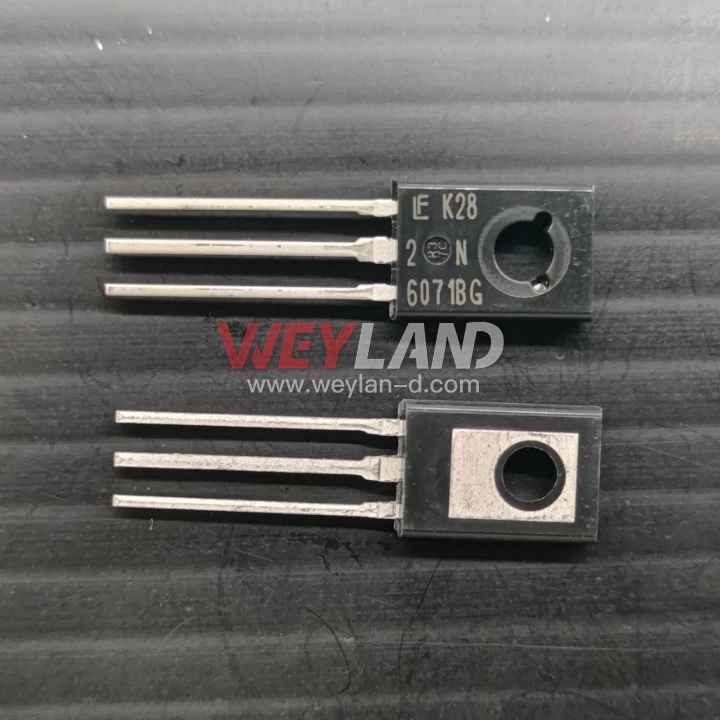
.9246509.png)












[email protected]
7500A BEACH ROAD #04-307 THE PLAZA SINGAPORE (199591)
RM 705.7/F.FA YUEN COMM BLDGNO.75-77.FA YUEN STREET.MONGKOK.KLN.HONG KONG
